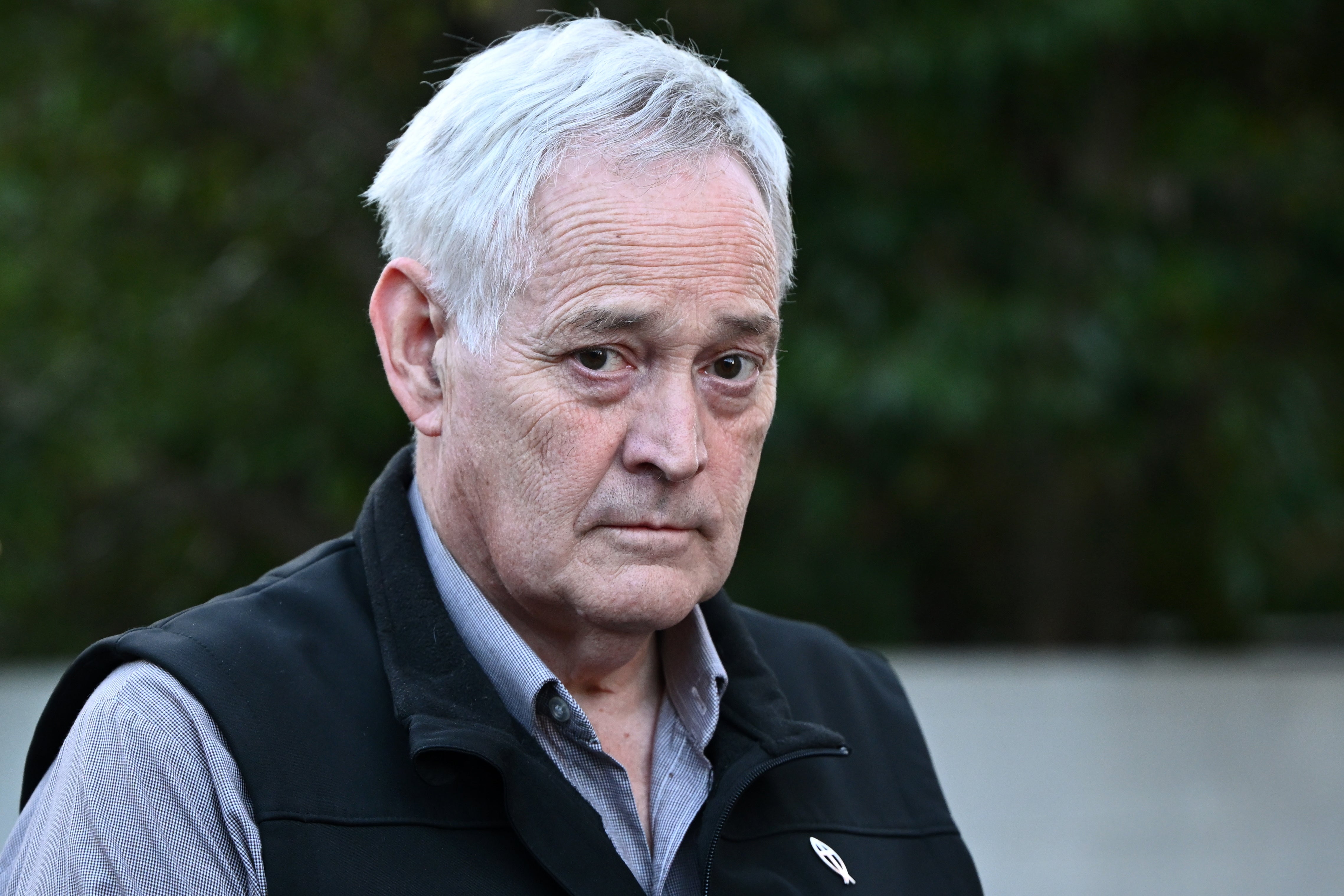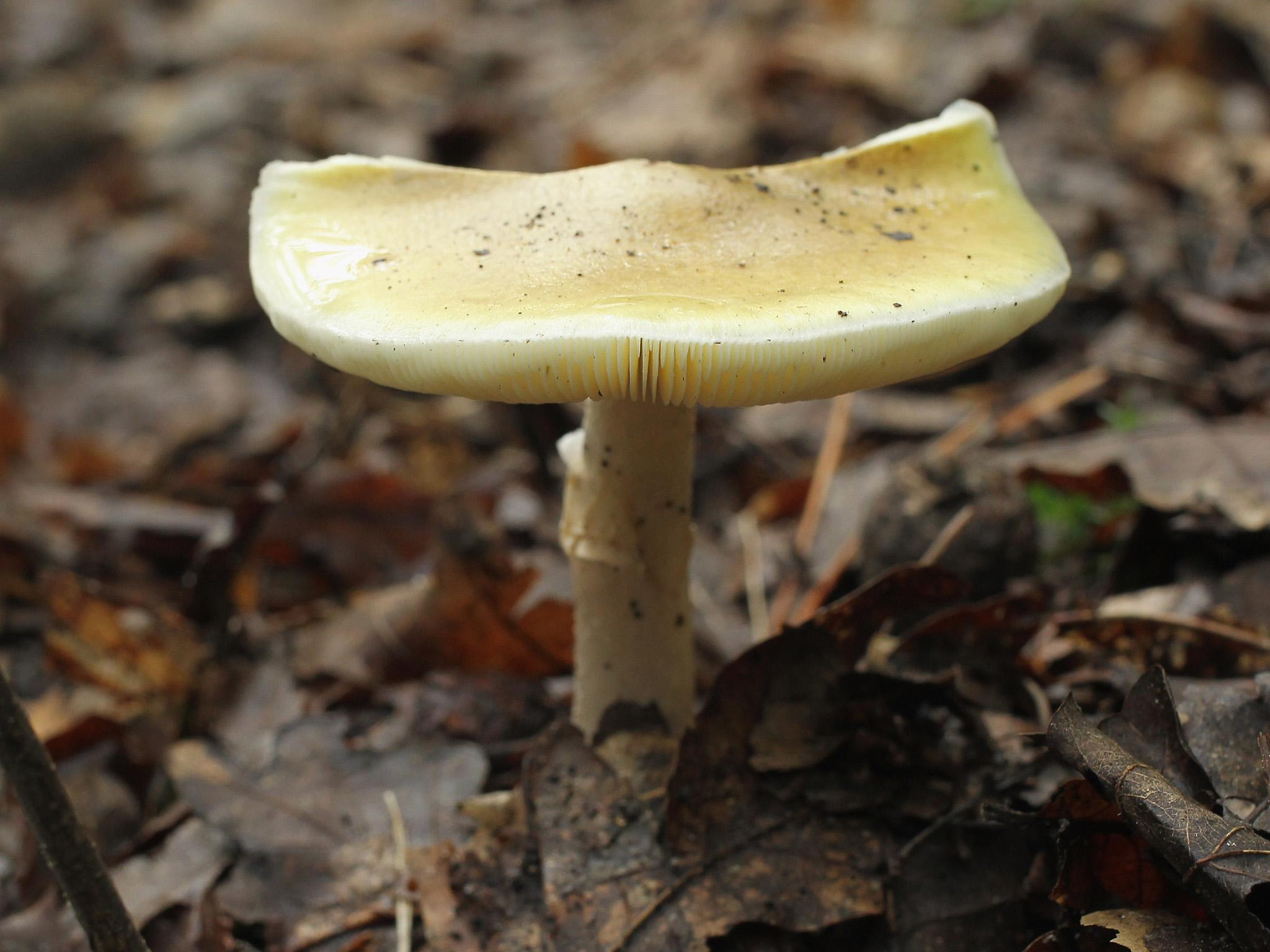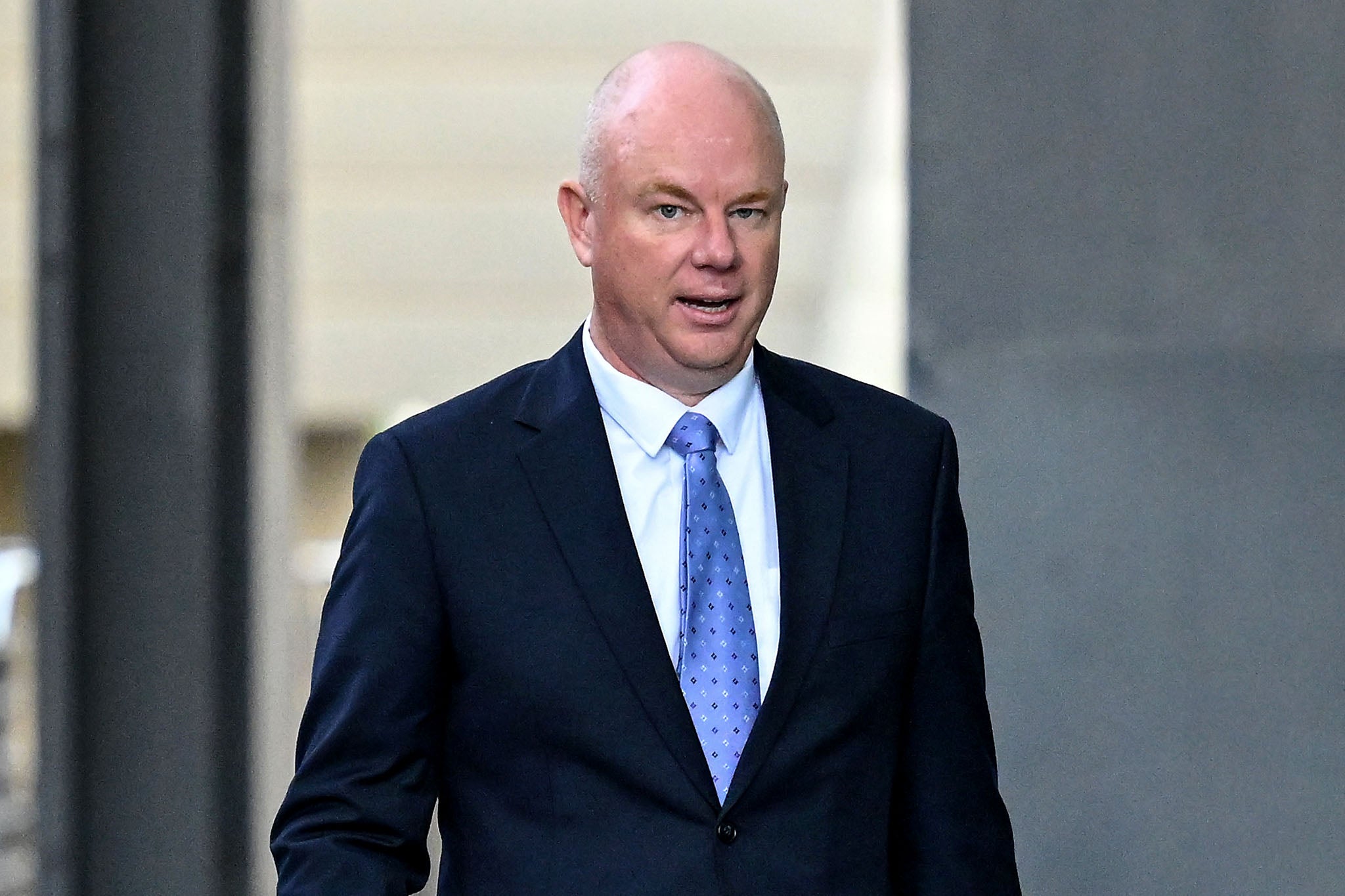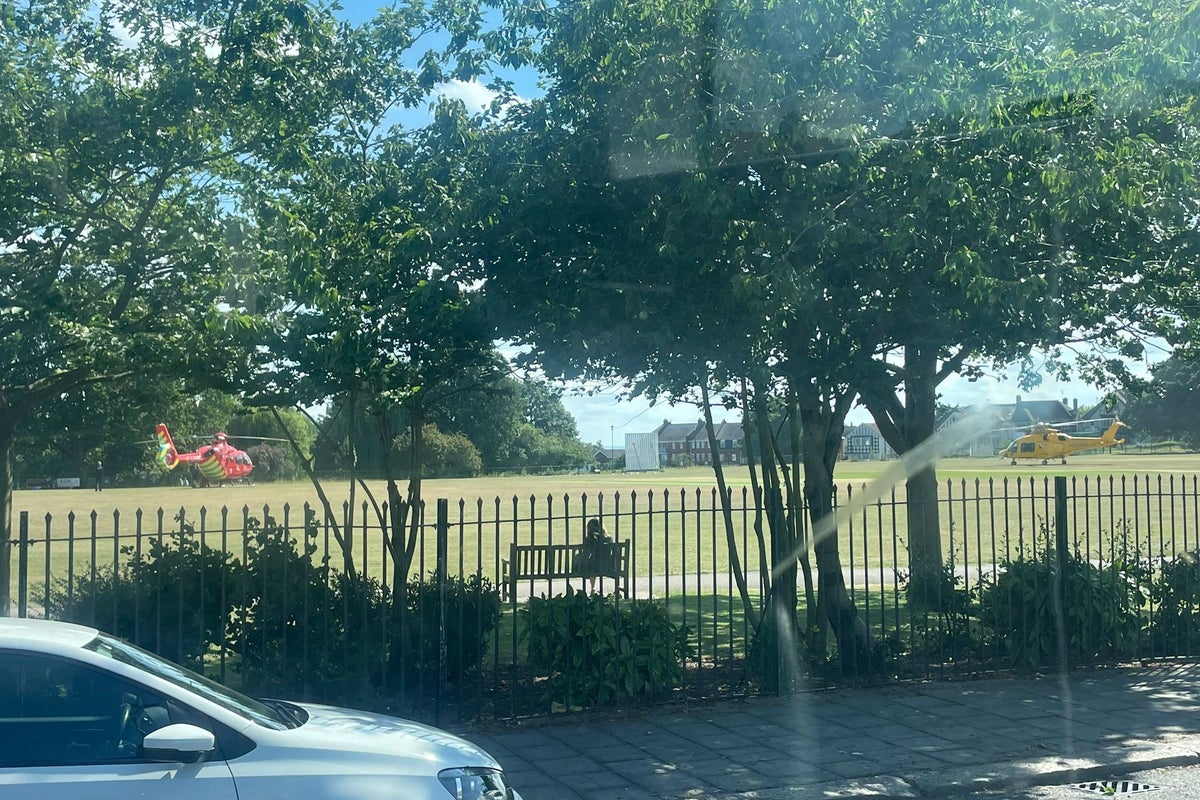No-one has disputed that death cap mushrooms were in the beef wellington that killed three people and left another in a coma for week after a fateful lunch on a July Saturday in 2023.
But the key question in the Australian murder trial of Erin Patterson was how those deadly mushrooms got there.
The mother-of-two has been charged with murdering her estranged husband’s parents Don and Gail Patterson, as well as Gail’s sister Heather Wilkinson, and charged with the attempted murder of Heather’s husband Ian.
The trial is due to conclude next week, with the jury expected to retire to consider its verdict. Over two months the court has heard in great detail about what happened but questions about why still linger.
In her own words, Patterson was a big fan of mushrooms.
“They taste good and are very healthy,” she told the regional Victorian court. “I’d buy all the different types that Woolies would sell.”

She got so into mushrooms that she began foraging for wild ones during Covid lockdowns, Patterson said, but admitted that identifying safe varieties was sometimes difficult. She testified that she couldn’t remember, but it was possible she had searched online for death cap mushrooms.
All the while, the accused agreed during her two weeks on the witness stand that her relationship with her estranged husband Simon Patterson had become strained.
The Pattersons had separated several times after the birth of their son in 2009, and separated in 2015 but maintained a friendly relationship, as both told the court. Mr Patterson told the court that the issue seemed to begin when he had listed himself as separated on a tax return.
“She wasn’t happy with that,” he said, explaining that the change would affect their family tax benefit, and they mutually agreed she would pursue child support payments.
In the months before the fatal lunch she had tried to involve her in-laws, Don and Gail Patterson, in their dispute over school fees. She acknowledged in court that was unfair.

“They were doing nothing but trying to support us,” she said. “I was asking them to agree with me that I was right and Simon was wrong, and that wasn’t fair.”
She revealed that, in private messages to friends, she had vented frustration by calling the Patterson family a “lost cause” and saying, “so f*** ‘em.”
Growing visibly emotional in court, she told the jury she “needed to vent”.
“The choice was either go into the paddock and tell the sheep or vent to these women,” she said, adding that she had probably “played up the emotion” to get support from her online friends.
“I wish I’d never said it. I feel ashamed for saying it and I wish that the family didn’t have to hear that I said that,” she told the court. “They didn’t deserve it.”

Patterson had been a “fundamentalist atheist” when she met her future husband, a Christian, in 2004, while working at a Melbourne council. But she told the court she had a “spiritual experience” at the Korumburra Baptist Church, led by Mr Patterson’s uncle and the only surviving lunch victim, Mr Wilkinson.
The court heard Patterson inherited $2 million (£950,000) from her grandmother two years later, and she used the money to buy properties and loan money to her husband’s siblings.
She also admitted to having low self-esteem, and to struggling with her weight.
Patterson lied to her lunch guests about having cancer because she felt ashamed that she was really having bariatric surgery for weight loss, she told the court.
Her estranged husband had also been invited, but he turned the invitation down the day before, the jury heard, and in messages shown to the court she expressed disappointment at his decision.

“That’s really disappointing, I’ve spent many hours this week preparing lunch for tomorrow,” Patterson allegedly responded. “It’s important for me that you’re all there… I hope you change your mind.”
In closing arguments, prosecutors in Patterson’s triple-murder trial outlined four calculated deceptions at the heart of their case: a fake cancer diagnosis to lure her guests, the deliberate death cap mushroom poisoning, lies that she too had fallen ill and an ongoing cover-up to hide the alleged truth.
“She had complete control over the ingredients that went into the lunch,” chief prosecutor Nanette Rogers said.
Two of the lunch guests had also noted that Patterson’s lunch meal was served on a different coloured plate to that of her guests, the court heard.
Afterwards, the prosecution said Patterson gave inconsistent and vague accounts about where she got the mushrooms from, and was slow to respond to the Department of Health which was trying to get to the bottom of the source of the deadly fungi.
The prosecution also told the jury Patterson had pretended to be sick to family and to medical workers to suggest she had also eaten the same meal as her guests, in an attempt “to disguise her crime”.

But Patterson denied these allegations. At the end of her cross examination, three accusations were put to her: that she deliberately got death cap mushrooms, that she knowingly put them in the beef wellingtons and that she intended to kill her lunch guests.
To each accusation, she said: “disagree”.
Her defence said she panicked after learning her lunch may have poisoned her guests, and she had not been prepared for the intense reaction she received when first arriving at hospital with symptoms of loose stools following the meal.
Summarising the trial, Chief Justice Christopher Beale told the jury that her defence said “she found it difficult to accept she may have suffered death cap mushroom poisoning. She had not come prepared to be admitted overnight. She needed to make arrangements for the children and the animals … and was intending to return to hospital.”
From Monday afternoon, the jury will have to weigh the nine weeks of testimony to decide whether the prosecution has proven beyond reasonable doubt that Patterson committed murder.





